Problem:
The IEC fusor is one the most simple reactors that can be built. However, due to the fact that a very durable vacuum system must be made, it can cost several thousand dollars to construct. Most people would prefer to pay less on a DIY project.
I would like to try to see if I can constuct a D-D fusion IEC device for no more than $800 (using common components). Having plans for a low- cost fusor will encourage DIY fusion research.
Also, the IEC fusor is very inefficient. I have an idea for a grid design that is currently under research. Increasing the efficiency may not break even, however, it still can supply a source of neutrons that can be used for many different applications: http://iec.neep.wisc.edu/applications.php
ABOUT:
The IEC reactor is one of the most simple reactors that can be built. The reactor consists of three basic parts:
- A vacuum chamber
- Two concentric metal grids within the vacuum chamber.
- High voltage supply of at least several kilovolts.
The high voltage differential is applied between the two grids. This causes ionization of any substance within the vacuum chamber. For fusion reactions, deuterium would suffice. On the other hand, for demonstration purposes, the remaining air particles within the vacuum can also be ionized.
There are two types of IEC reactors:
- Electron injection (Inner grid positive with respect to the outer grid)
- Ion injection (Inner grid potential is negative with respect to the outer grid)
We are building a ion injection reactor.
I will be posting more theory as I go along, however, here is some initial theory on potential well formation:
THEORY: POTENTIAL WELL FORMATION
The two concentric grids within the reactor form a potential well for ions. Ions are produced within the chamber in multiple areas. If an ion is born near the outer electrode then the potential difference the ion travels through is larger than an ion born closer to the inner electrode. Ideally, ions should be born near the outer grid for maximum speed of the ions.
To have a qualitative understanding of the potential well formation, please refer to figure 2. Suppose a voltage is applied to the grid in such a way so as to establish a small ionic current within the vacuum chamber. Ions will accelerate towards the inner grid, and fall into the potential well within the grid. The ions will collide, inducing considerable heat.

If the ionic current is increased (the potential difference remaining constant), the shape of the potential well will change. Due to the increase in ion density within the spherical grid, what effectively results is another grid, only this grid consists of dense positive ions. It essentially forms a virtual anode. The virtual anode causes a rise in potential within the inner grid. This is illustrated in (b) of figure 2.
Realize that now
the fusor with its virtual anode is now acting as an electron injection
reactor. This causes electrons to accelerate into the virtual anode which
functions as a potential well.
If the current is increased even more, the density of electrons falling into the potential well will increase to the point where a virtual cathode is created. Notice how it is back to where it started. In theory, this can process can continue indefinitely, forming many “nested” well potentials. However, studies have shown that this is not the case. Typically, only a “double well” can be formed (part (c) of figure 2) [10]
[10] Miley, G., & Murali, S. (n.d.). 2. In Inertial electrostatic confinement (IEC) fusion: Fundamentals and applications.
 NathanStrachen
NathanStrachen
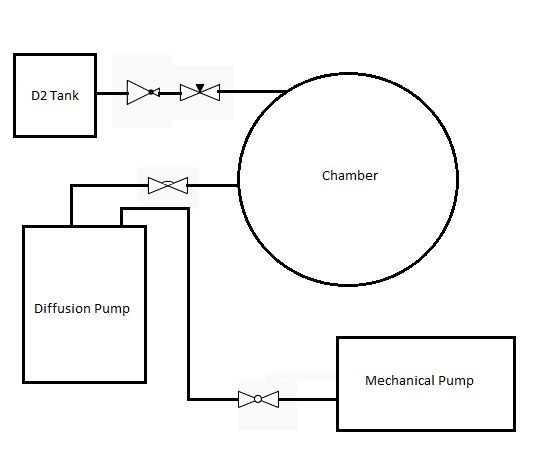

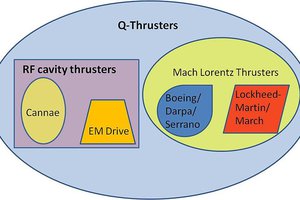
 Albert Latham
Albert Latham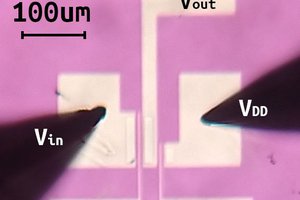
 Reed Foster
Reed Foster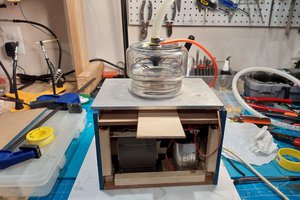
 Steve Hernandez
Steve Hernandez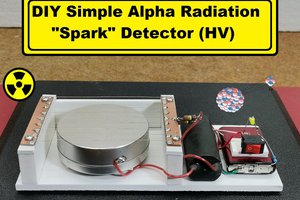
 mircemk
mircemk